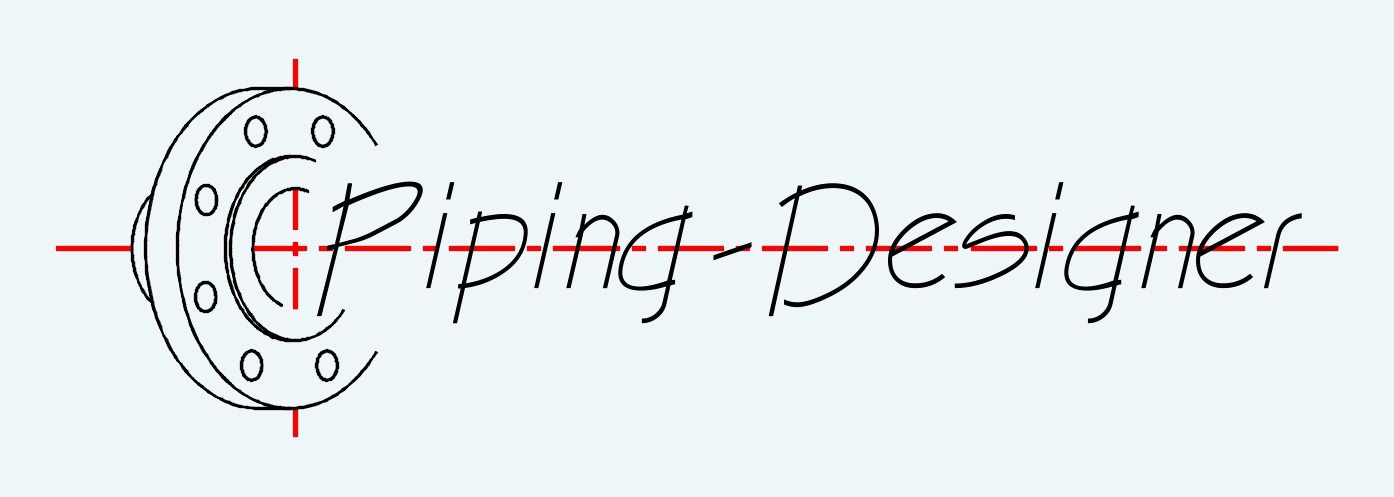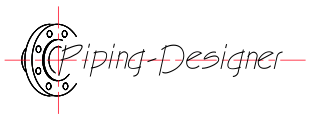Piping and Instrumentation Diagram
P&ID's Should Include | |
|---|---|
| P&IDs should | P&IDs should not |
|
|
In the design process, a piping and instrumentation diagram, abbreviated as P&ID, is created following the Block Flow Diagram and Process Flow Diagram. The P&ID contains all the piping, valves and instrumentation in a process. The P&ID also shows relationships between control mechanisms such as control valves and level control switches or valve position related to the temperature of a process. Essentially, the P&ID is a roadmap on how the process will function.
P&IDs contain a great amount of detail. The instrumentation tags, line numbers, primary and secondary lines, control mechanisms etc. should all be included on on the P&ID.

